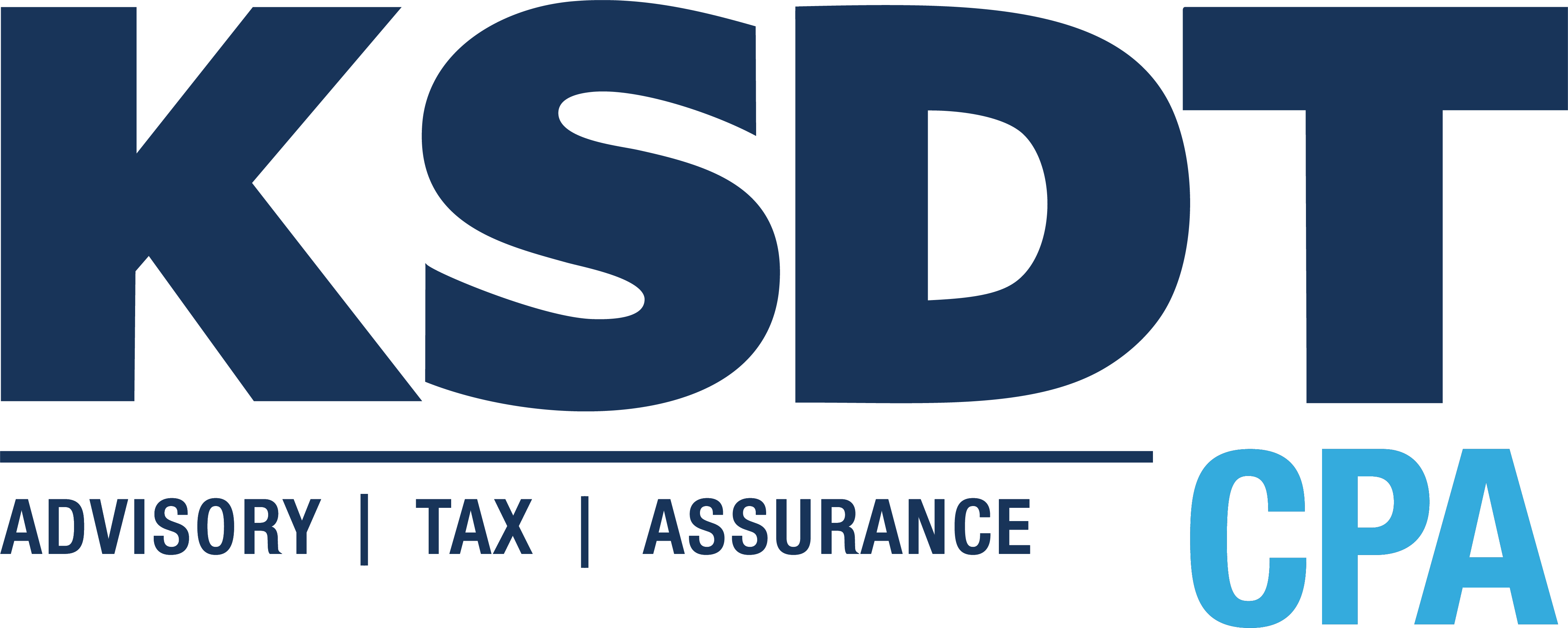If you’re looking for more ways to bring in additional revenue, then a VIP revenue stream is one option for many businesses. Here are a couple of examples: Read more
 A plastic surgeon has a long waiting line of patients. The surgeon sets up a special membership fee of $3,000 per year for patients who wish to work with her. These patients get first access to her appointment schedule. They get priority surgery dates and personal care. Her other patients that do not pay are able to see her physician assistant. She earns an extra $300K — insurance-hassle-free — for the hundred patients who join her VIP group.
A plastic surgeon has a long waiting line of patients. The surgeon sets up a special membership fee of $3,000 per year for patients who wish to work with her. These patients get first access to her appointment schedule. They get priority surgery dates and personal care. Her other patients that do not pay are able to see her physician assistant. She earns an extra $300K — insurance-hassle-free — for the hundred patients who join her VIP group.
A pizza restaurant always has long lines during rush hours. The owner sets up a VIP membership of $75 per year for customers who want to bypass the long lines. He dedicates one of his cash registers to the VIP line and staffs it accordingly during rush hour. He sends specials by email and a birthday coupon to the VIP members. Five hundred customers sign up, grossing an extra $37,500 with little or no additional expenses.
A consultant has a couple of clients that want to have access to her 24/7. She sets up a special retainer of $1,500 per month for these clients and provides her cell number. Since they are busy CEOs, they only call a few times a year, but when they do, she drops everything to be of service. With four clients on retainer, it’s an extra $72K per year for a few days of work.
No matter who your clientele is, there are always a few who demand extraordinary service and are willing to pay extra for it. Capitalize on this by adding a VIP revenue stream to your offerings.
What to Include in the Package
What you include in your VIP package will vary by industry, but here are a few thoughts:
- Increased access to you
- Special service, perhaps via another phone line or checkout lane
- Invitation to exclusive events or sales or previews
- Free gift wrapping
- Free shipping
- Special gifts
- Friends are free
- A richer experience
- Birthday acknowledgement
A VIP offering is not the same as a points program. A points program encourages volume sales, while a VIP program is all about special perks, exclusivity, and a higher level of service.
Does your business lend itself to a VIP offering? If so, give it a try.



